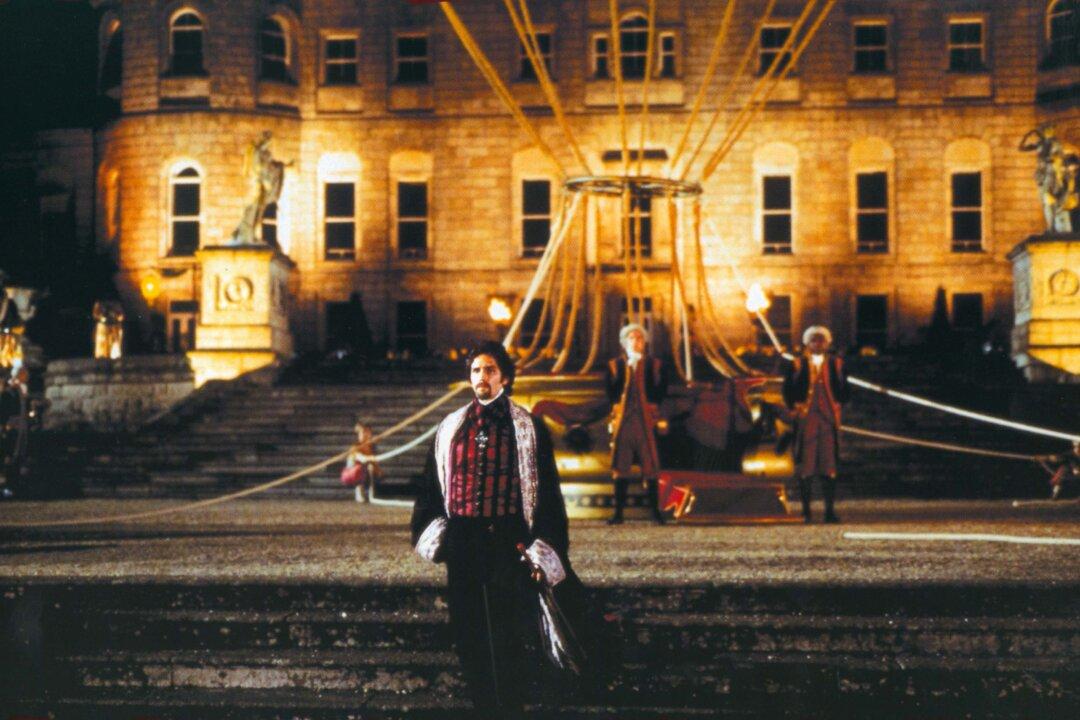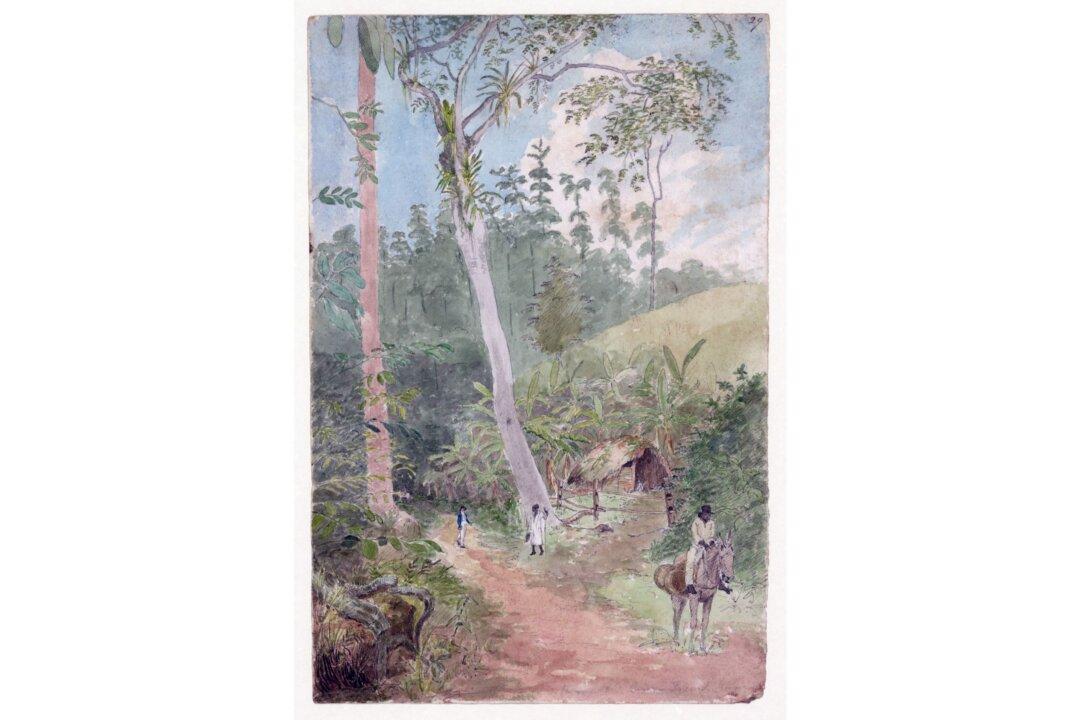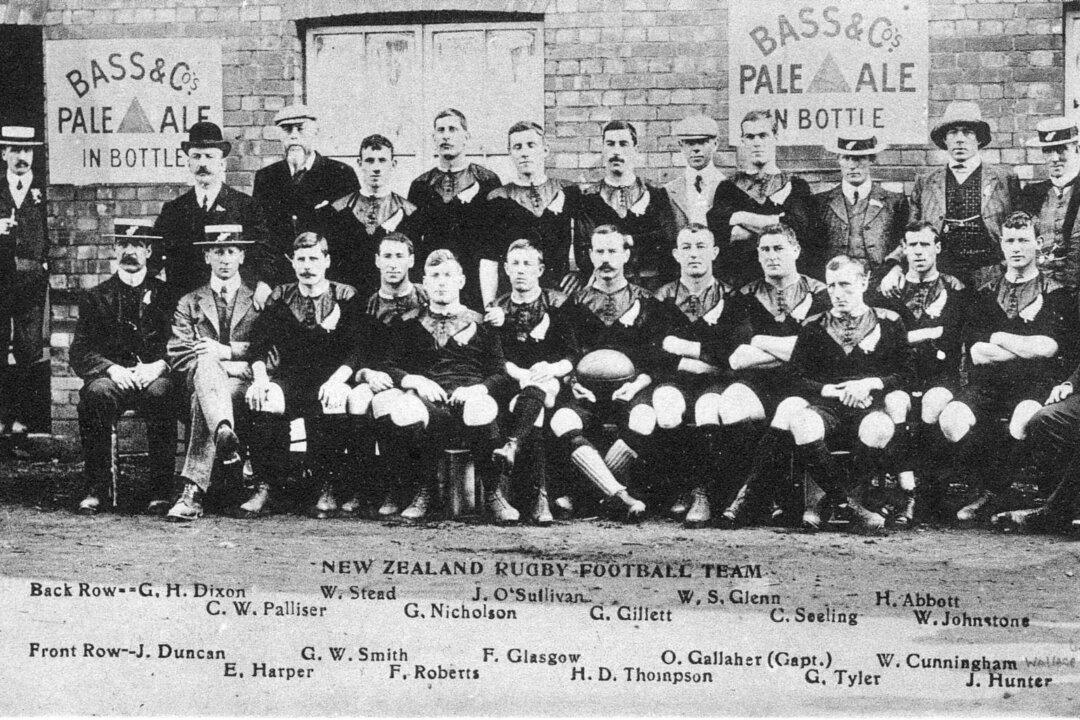St. Patrick’s Day has come and gone, but that’s no reason to stop celebrating the heritage of the Irish. The folk stories of Gaelic heroes are a rich source of imaginative literature for children and adults alike. The greatest of these heroes is the legendary Finn MacCool.
While Finn is the subject of many legends, some of his tales best exemplify the four qualities of Gaelic folktales: They are strange, inspiring, funny, and profound.

The Strangeness of Wonder
To talk about strangeness as a reason for reading and listening to Irish legends might seem strange; we can all think of a lot of strange things we would not want to expose ourselves and especially our children to. But there is a different kind of strange: that of realizing the limitations of our own point of view and experience, of realizing that there are beautiful and interesting things we have yet to learn in this immense world. It is the strangeness of wonder.With the story of Finn, it starts with his very name: In Gaelic, it is written “Fionn mac Cumhaill,” but it is pronounced pretty much like the anglicized version, “Finn MacCool.”
Another odd thing is the mystery of who Finn is, for to dive into the story of Finn MacCool is to discover the roots of Irish society and culture itself. It is a society and culture that, while Christian, never got rid of its old religious heritage and stories. Instead, it transformed them and, in the process, enlarged the status of human beings.
A Tale of Overcoming Adversity
Finn’s early years illustrate the inspiring nature of these stories. From childhood, he faced adversity and overcame it with great pluck.He was born to the Irish princess and beauty, Muirne, in his aunt’s house. His father, Cumhall (pronounced something like “Cu-ahl”), the leader of the great warrior clan, the Fianna, had recently died in battle. He had fought and lost this battle with his rival within the Fianna, and the reason this battle occurred was directly connected to Finn’s birth.
Cumhall had fallen in love with Muirne but her father had refused to give her to him in marriage, and so Cumhall abducted her. Muirne’s consent seems implied in the fact that both her father and Cumhall’s rival, Goll MacMorna, tried to kill her after the battle.
Finn grew up on the run. He would serve a local Irish king until it was discovered that he was Cumhall’s son, and then he would be sent away for fear of Goll’s reprisals. Then it was on to another Irish king, and another. But plucky little Finn (he is a mere boy in all these stories) never gave up trying to make his way in a world that opposed him.
A Funny Story
Finn lived the fugitive life until he came to the abode of the druid-poet Finnegas, who lived on the river Boyne. Finnegas, a kind-hearted man, took Finn into his service and told him about the fish he had been trying to catch in the river for seven years: the Salmon of Knowledge. Finn asked Finnegas what would happen if he caught the fish. “Then I would have All Knowledge,” replied the sage.This story of Finn and the Salmon is not flippant or merely ridiculous, but humorous all the same. Finn continued to ask the sage questions about the Salmon, such as “What would you do with all knowledge?” The response: “A weighty question. I could answer it if I had All Knowledge, but not until then.”
Salmon was so wise because it had eaten a nut of knowledge. Around a secret pool, nine hazel trees grew, dropping nuts of knowledge into the pool, where the Salmon ate the nut. When Finn pointed out that Finnegas could just go to this pool and eat the nut of knowledge himself, Finnegas wryly responded that he would, if he only had All Knowledge and knew where the pool was!
Finnegas eventually caught the Salmon of Knowledge and instructed Finn to prepare and cook it for him. Finn obeyed him, but accidentally burned his thumb on the fish while cooking it. Sucking his injured thumb like anyone would, suddenly this small boy had access to All Knowledge.
Beneath It All: Profundity
Goll MacMorna eventually relinquished leadership of the Fianna to Finn MacCool. Having filled his father’s shoes, Finn continued on to more adventures, such as his single combat with the fire-breathing fairy, Aillen. This episode illustrates the profound quality of folktales in the way in which they indirectly guide us toward virtue.The fairy, Aillen, bore a grudge against the ancient Irish town of Tara. Every year, it would come on the night of the feast of Samhain, play beautiful music that would put all the defenders to sleep, and then burn a great part of the town with fire from its mouth.

Finn decided to stand against this monster, but he needed something to keep awake. A member of his clan gave him something that could help: the magic spear, Birga.
It was a weapon enchanted with great loathsomeness; for one thing, it was extremely hot, and smelly as well. Simply by touching his forehead to it, Finn would be incapable of falling asleep while the rest of the town did so. And so, catching the fairy off guard, Finn killed him with the spear.
Mysterious and interesting in itself, this story of Finn’s confrontation with Aillen illustrates the importance of courage and self-sacrifice. Finn overcame fear in deciding to challenge the Aillen. He also endured the pain and discomfort in using the Birga to keep awake.
Not only do we see the importance of these virtues individually, but also the importance of them working together. For without the willingness to endure pain, Finn would have fallen asleep and been killed by the fairy. Without courage—well, there would have been no story to begin with, and Aillen would be terrorizing Tara to this day!





